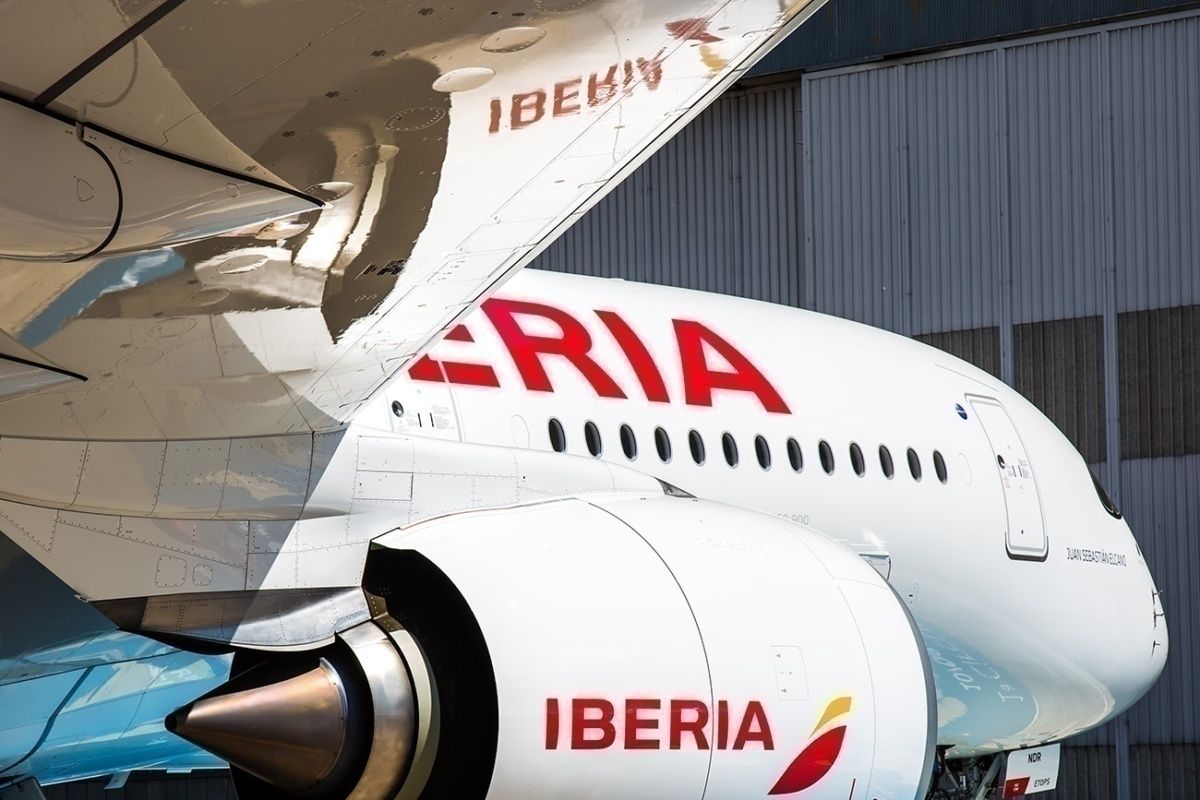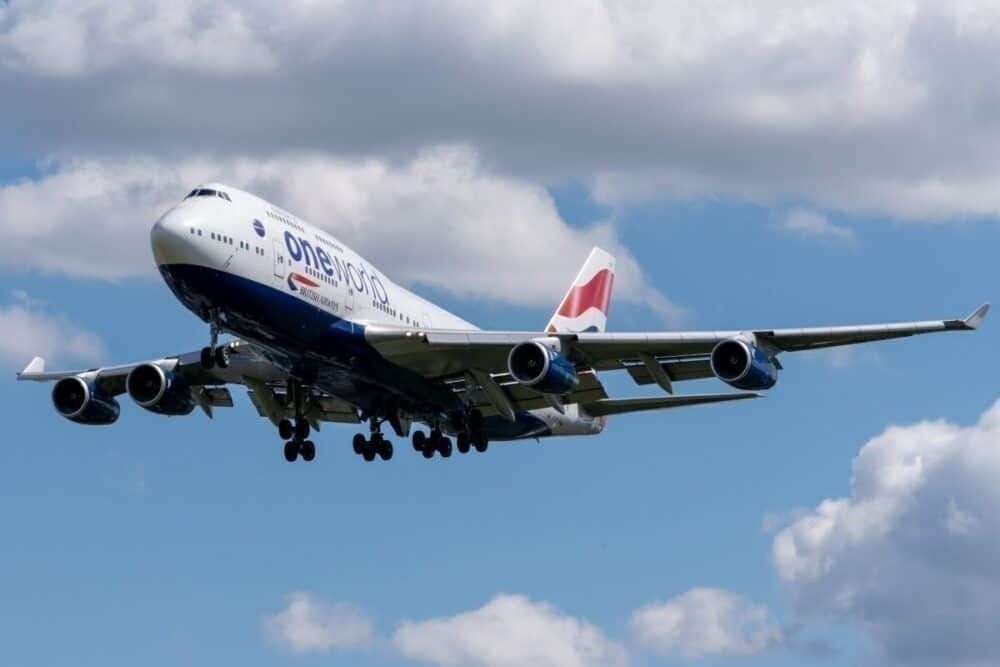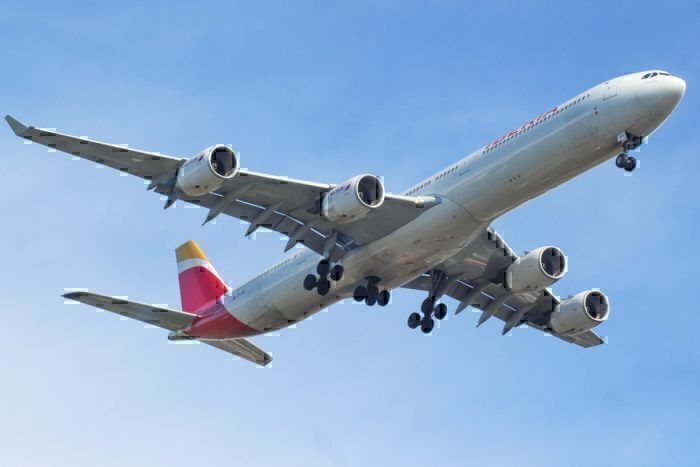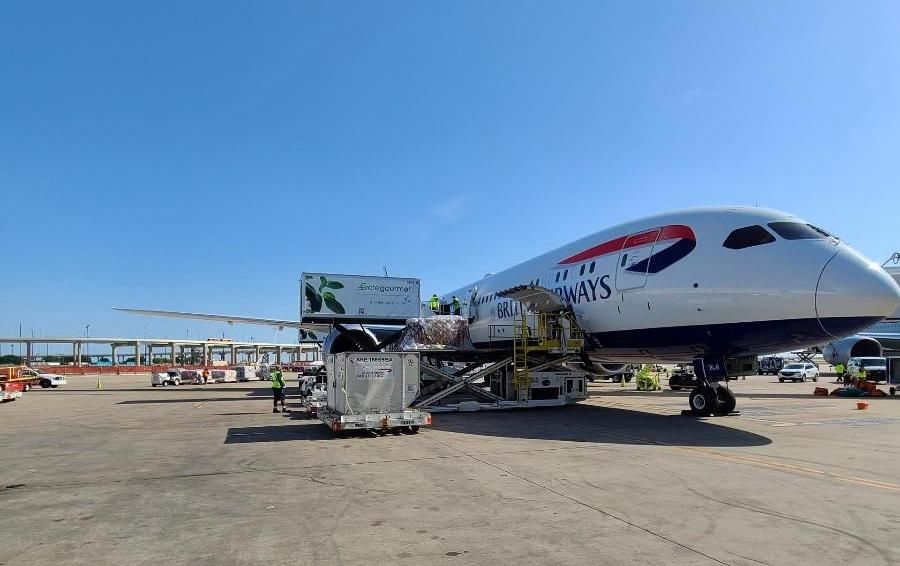International Consolidated Airlines Group (IAG) has today released its consolidated results for the first six months of 2020 up to June 30th. The group registered a $5bn loss on the back of the disruption from COVID-19, a loss which was further exacerbated by a charge of almost $1 billion in relation to the retirement of more than 60 aircraft.
IAG takes a huge hit from the retirement of 61 planes
As part of IAG’s second-quarter results, as published today, the group revealed just how much the retirement of various aircraft types had cost it. The broad fleet impairment, which included more than 60 different aircraft, cost the group a total if €729 million ($863 million) to undertake.
The most high profile of these retirements was undoubtedly British Airways’ Boeing 747s. The announcement of the Queen of the Skies not coming back to BA’s fleet was made in mid-July, following weeks of speculation that it would not return to passenger service. In total, 32 Boeing 747s were retired from the IAG fleet.
Stay informed: Sign up for our daily aviation news digest.
Also notable was Iberia’s retirement of the Airbus A340. IAG was quick to pull the plug on the Spanish carrier’s quad jets, confirming the retirement of all 15 of the type in mid-June.
In addition to these well-publicized fleet shifts, the group also phased out four Airbus A320s, four A330-200s, two Boeing 777-200s, and four Embraer E170s. In terms of the total cost, the aircraft loss was recorded at €635 million ($753 million), while a further €94 million ($112 million) was recorded within the Right of use assets relating to leased aircraft.
The IAG report stated,
The total exceptional impairment expense of €731 million is represented by an impairment of fleet assets of €729 million and an impairment of other assets of €2 million.
The impairment expense has arisen from the substantial deterioration in current and forecast demand for air travel caused by the COVID-19 outbreak, which has led the Group to re-assess the medium and long term capacity and utilization of the fleet.
This exceptional charge added further deep losses to IAG’s already poor performance in the first half of 2020. In total, the group published a total operating loss before tax of €4.2 billion ($5 billion).
How did IAG do otherwise?
During the first half of 2020, IAG recorded a 60% lower passenger revenue than the same period in 2019. In total, the group pulled in €4.1 billion ($4.9bn) in passenger revenue, compared to €10.5 billion ($12.5bn) in the first half of 2020.
Passengers flown were similarly down by around two thirds, registering 20.3 million passengers boarding IAG aircraft in the first half of the year. Last year, the same figure stood at almost 56 million.
Cargo was a strong performer, however, with IAG cargo and airline cargo operations bringing int €615 million ($730m) from January to June. This was up 10% compared to the same period last year, marking the increasing importance of cargo as a secondary source of revenue at the current time.
In terms of the fleet, IAG has finished the second quarter with 40 fewer aircraft than it began the year with. This is a drop of 6.8% and brings the total IAG fleet to 548 aircraft. The disparity between this and the number of aircraft retired in the period is a result of the group still pushing ahead with deliveries of modern fuel-efficient jets to replace those aging ones that have been phased out.




